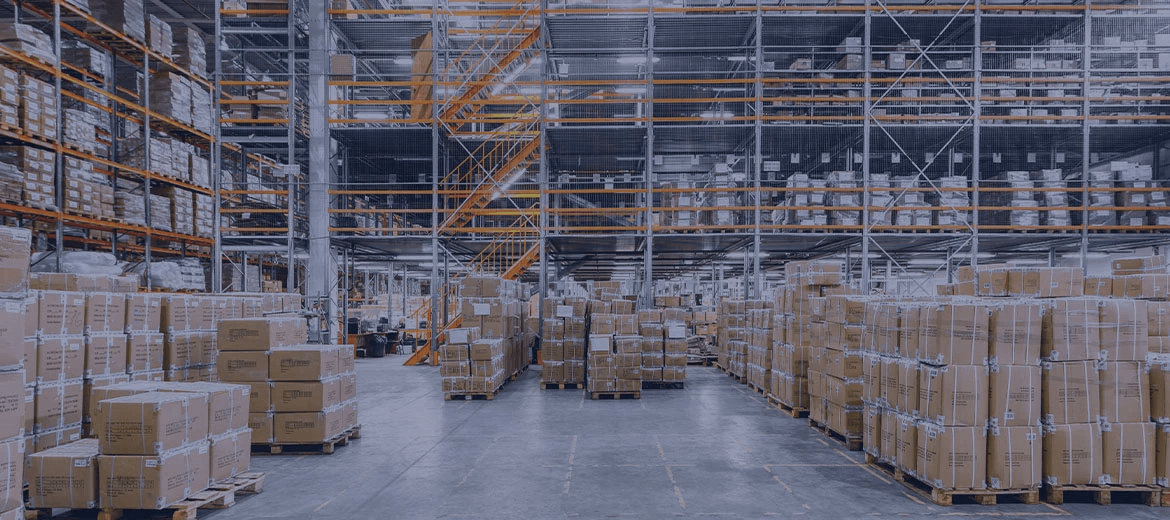What is assortment planning in retail and how it drives revenue growth
Retail assortment planning is the process of selecting which products make it to ...

July 11, 2022 — By Wendy Mackenzie

As you may have heard, retailers are facing a big problem these days called “inventory bloat.” It’s happening at all levels of retail, from department stores to high-street chains. The phenomenon is simple: retailers have so much inventory that they can't get rid of it fast enough. There is a surplus of goods, but the demand for them isn’t there.
Inventory bloat has plagued the industry for years but has recently worsened. Major retailers such as Target, Walmart, and Macy’s are suddenly overstocked.

That's a problem for two reasons: First, when products pile up in stores, they're not selling out, which means they aren't making money. This hurts retailers’ bottom line and makes them less profitable. Second, because of their large size, their stores and DCs must keep a lot of inventory. The demand is currently not there, so these retailers might take a while to get rid of them.
The world has changed in the last two years, and existing inventory planning software systems are struggling to keep up. First, the global pandemic caused significant shifts in consumer behavior, creating higher demand for some items and lower demand for others. More recently, as demand has started to shift back to historic patterns, high inflation is discouraging consumer spending. Traditional inventory planning software systems weren’t built to deal with this magnitude and frequency fluctuations.
In retail, most operational decisions are based on the assumption that the near future will look like the near past. But now, we're witnessing macro variations where little adjustments are insufficient. So, retailers need to understand these significant changes we usually don't deal with—and they need to figure out how to adjust accordingly.
Last year, retailers enjoyed a significant boost in US sales. However, the high product demand overwhelmed supply chains, leading to substantial delivery delays and frustrated consumers. In addition, retailers faced rising labor, transportation and raw materials costs.
Supply-demand disruptions, combined with cost pressures, drove prices higher. And in March 2022, inflation hit nearly 8.5%, its highest level in 40 years. From a macro perspective, retail giants’ move to clear excess inventory may also have positive implications for inflation, as other retailers are likely to follow suit.
When the pandemic started, people spent a lot of money upgrading their homes, cooking more at home, and purchasing casual clothes. Today, people are catching up on experiences they put on hold during COVID-19. And as more of us return to business as usual, consumers buy office wear and eat out more, all while inflation makes prices soar.
Some retailers misjudged how quickly buyers’ tastes would shift and shopping habits change. Some didn’t see the supply chain issues and inflation coming. All these factors left them with whiplash and extra items people no longer buy sitting on the shelves.
America’s top retailers suffered a hit, particularly those focusing on durable goods (such as furniture, garden equipment, and kitchen appliances) rather than groceries. As consumers direct dollars away from casual clothes and home goods, major retailers are suddenly saddled with unnecessary inventory.
When major US retailers had historically high excess inventory, they started slashing prices on certain items to clear out their bloated inventories.
For example, in a 2022 press release, Target said it would take additional markdowns, remove excess inventory and cancel orders to optimize its inventory levels. The retailer announced a set of actions to right-size its inventory for the balance of the year and create additional flexibility to focus on serving guests in a rapidly changing environment.
The goal is to free inventory management resources across multiple locations. In turn, retailers can achieve ideal stock levels, improve inventory turn times, enhance real-time value to customers and grow revenue.
Retailers can't afford to wait for their inventory systems to catch up with reality. Instead of dealing with what comes next, they must embrace a proactive supply chain strategy and implement modern, future-ready inventory planning software and solutions to tackle these issues head-on. By doing so, they can optimize and increase the flexibility of their supply chains and improve their bottom lines.
At invent.ai, we align with retailers’ strategic perspective of the changing environment. We translate their evaluation of the macro world and strategic changes into their operational execution.
Using our profit-optimization model, we game out different scenarios, evaluate the efficiency of their changing strategies and recalibrate the operational macro decisions.
With our AI-powered inventory and markdown optimization solutions, we help them adapt faster to the evolving landscape, profit-optimize their supply chain planning and deliver significant financial improvement.
We work closely with our retail clients to help them effectively serve their customers and remain relevant in this changing environment. As a part of that, our systems and consultants take a granular approach that divides products into three dimensions. These include:
Our inventory planning software handles different strategies for each segment. It closely examines the current demand profile, predicts future demand with high forecast accuracy, checks vendor or supply availability, and enables retailers to take appropriate action.
The ability to handle different strategies allows our clients to contend with high-volatility environments more effectively and proactively adapt to changing customer demand patterns. Using a tailored and dynamic inventory strategy and a three-dimensional segmentation for each product enables them to deal with what comes next more effectively.
Demand forecasting and inventory optimization are the heartbeats of any retail supply chain operation. If you’re interested in profit-optimizing your inventory, reach out to our retail expert team and discuss your inventory management needs today.

Retail assortment planning is the process of selecting which products make it to ...

Retailers today face a complex set of challenges that limit growth and reduce ...

Retailers operate in an increasingly complex environment where static assortment ...